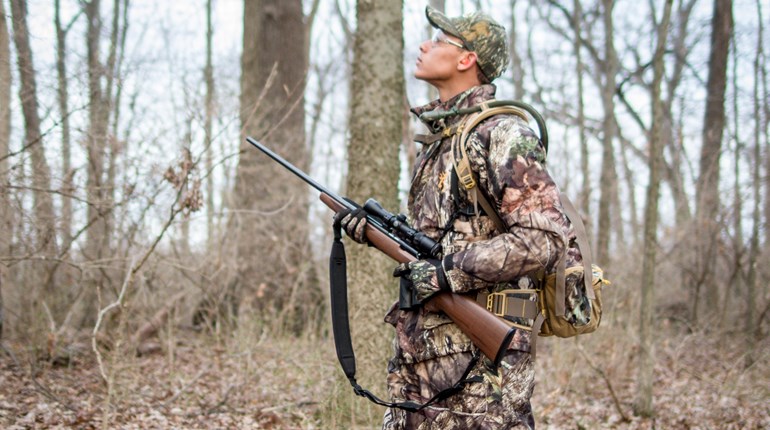
Q: How should I properly treat a cut in the field?
A: The first, and most important, step is to stop the bleeding. Apply steady pressure to the cut, preferably by using a sterile gauze compress or clean cloth. Keep continuous pressure on the wound for 20 to 30 minutes, or until it stops bleeding. If possible, elevate the cut to help stop the bleeding.
Next, rinse the wound with clean water. Use soap to clean the area around the cut, but try to keep it out of the actual wound, as it could cause irritation. If there are large pieces of dirt or debris in the cut, use tweezers cleaned with alcohol to remove the foreign objects.
Let the area around the cut dry, and then apply a thin layer of antibiotic ointment. Next, cover the cut with a clean bandage. Change the bandage daily, or whenever it gets wet or dirty. If the cut doesn't start healing within a few days, or it becomes red or swollen, see a doctor; these are signs of possible infection.
If the cut does not stop bleeding after 30 minutes of constant pressure, or blood spurts from the wound, seek immediate medical attention. Cuts that are deeper than a quarter inch, have a jagged edge, or reveal fat or muscle will require stitches. You can temporarily close them with adhesive strips, but see a doctor as soon as possible to limit the possibility of infection. You may also need to get a tetanus shot.
Carrying a simple first-aid kit in the field with the required materials to treat cuts is a good idea. Also consider getting wilderness or back-country first-aid training from a certified instructor, as the information above is not intended as a substitute for professional medical advice or formal first-aid training.





































